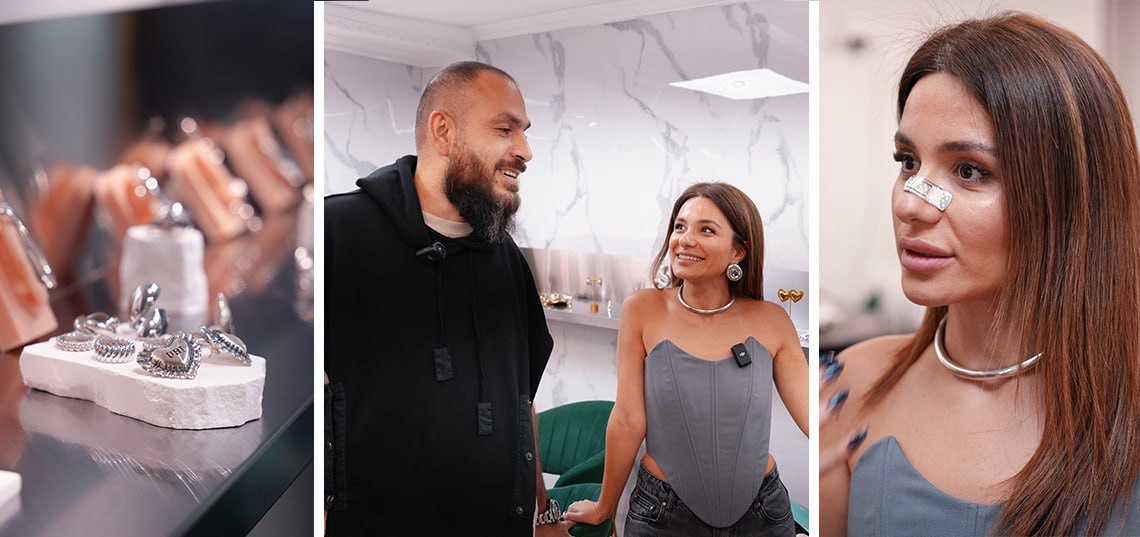BOTTEGA VENETA. WE DO NOT NEED A LOGO
As previously highlighted, several esteemed fashion houses, including Gucci, Louis Vuitton, and Hermes, trace their origins back to leather goods production. Initially, these brands primarily focused on crafting leather items, with minimal association to broader fashion trends. In contrast, brands like Chanel, Dior, and Yves Saint Laurent (YSL) emerged from the visionary perspective of talented individuals, notably designers.

BOTTEGA VENETA was founded in 1966 in Vicenza, Veneto, by Michel Tade and Renzo Genghiaro. Genghiaro, who had been immersed in leather production since the age of 14, made the pivotal decision at 34 to establish his own workshop alongside a colleague. From its inception, the brand distinguished itself through the meticulous craftsmanship of leather goods. True to its origin and operations, the brand’s name characterizes its essence: “BOTTEGA,” Italian for workshop, and “VENETA,” a nod to the Italian name of their hometown.

The founders introduced a unique leather weave design, famously known as intrecciato, which has since become the hallmark of the brand. Intriguingly, this distinctive pattern wasn’t initially developed for its visual allure, but rather out of practical necessity. At the time of its inception, the prevailing practice involved the use of coarse leather, while the region was renowned predominantly for textile manufacturing. Moreover, the sewing machines available locally were ill-suited for handling thick leather with delicate needles.
Instead of investing in alternative sewing machines, the founders opted for a creative solution: utilizing thinner leather. However, in light of their brand’s unwavering commitment to quality, and recognizing that thinner leather posed durability challenges, they innovatively chose to weave it.
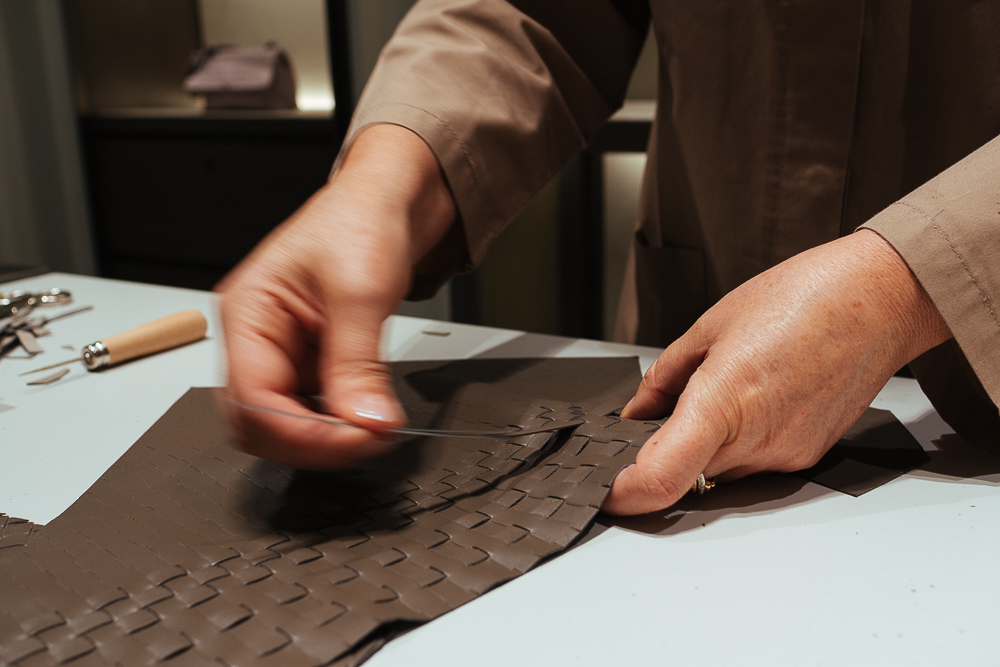
Since the day of establishment, the brand has chosen not to use a traditional logo; instead, the brand name is always inscribed inside the bags.

In 1972, they expanded by opening their first store in the United States. However, the era was changed, with people increasingly favoring more ostentatious items.
Being on the verge of bankruptcy, the brand’s founders left the company. Michel Thade entrusted the rein of the brand to his ex-wife Laura, who then became the brand’s creative director. She chose not to alter the brand’s core concept; instead, she highlighted and reinforced its fundamental DNA components.
In 1980, Laura introduced the iconic clutch, now renowned as The Lauren.

Speculation abounds that Laura’s personal connections played a pivotal role in elevating BOTTEGA VENETA to the status of a favored brand among numerous high-profile individuals in the American market.
Thanks to her effective strategy, 12 stores were opened in the USA, along with 5 in the European countries and 4 in Asian countries.
In the 1980s, at the height of logomania, Laura decided to venture into clothing production. Unfortunately, this expansion did not progress as anticipated.
In the ensuing years, BOTTEGA VENETA experienced a gradual decline in business success, prompting Laura to make the decision to sell the brand to the GUCCI GROUP in 2001 for a reported $165 million.
Thomas Mayer as the Creative Director of the Brand
German Thomas Mayer assumed the role of creative director for the brand and helmed the company for 17 years. During the initial three years, he halted clothing production and redirected all efforts towards manufacturing bags featuring the brand’s renowned fabric.

The inaugural model was named Cabat. Priced at $6,000, it was entirely handmade and required approximately 200 days to craft, resulting in very limited production quantities.
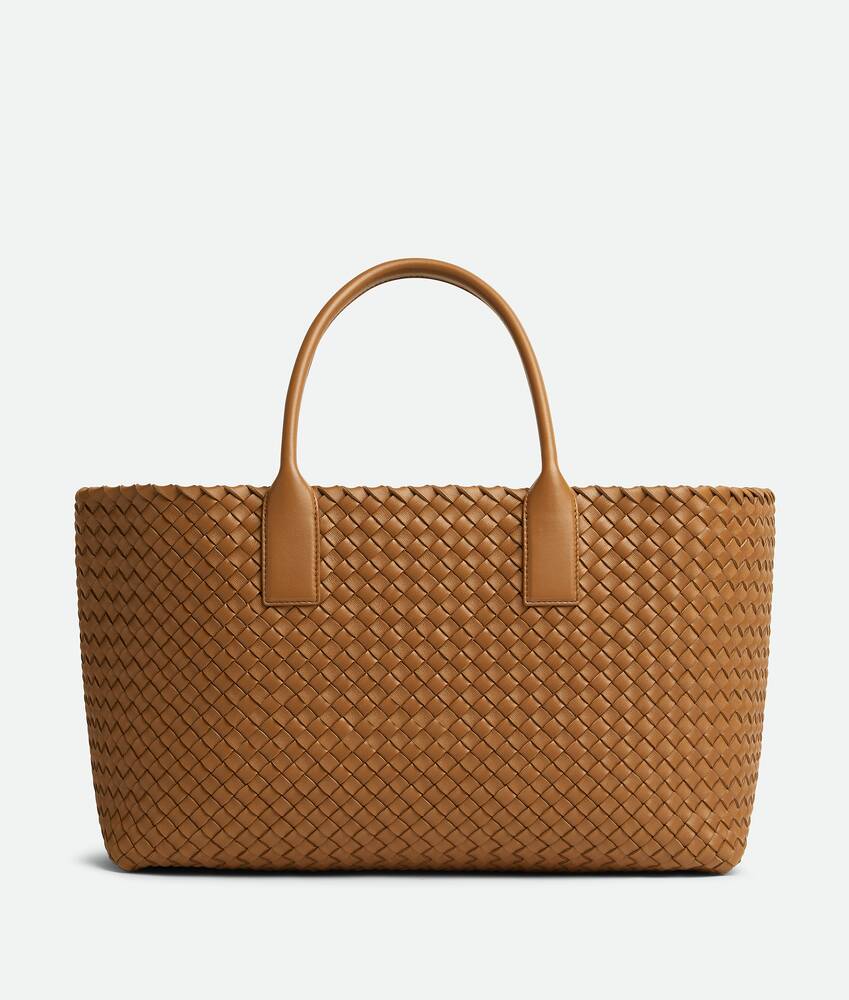
Following CABAT, the Veneta model was introduced, succeeded by the highly popular Knot clutch. Inspired by another design from the brand’s 1970s collection, the Knot clutch offered a more evening-appropriate option with a sleeker, tighter shape.

In 2004, Mayer also initiated the creation of a clothing collection, characterized by its elegance, simplicity, and unobtrusiveness. Then, in April 2006, the brand released its inaugural jewelry line, and Mayer began delving into interior and furniture design as well.
By 2013, the company’s annual income had soared to $1 billion. At that time, it ranked as KERING’s second-fastest growing brand, just behind GUCCI.
Daniel Lee as the Creative Director of the Brand
In subsequent years, the brand’s growth stagnated, prompting KERING to opt for a replacement of the creative director. With millennials, Gen Z, and particularly Asian markets gaining prominence, Daniel Lee, the new creative director of BOTTEGA VENETA since 2018, swiftly rose to prominence within a year. At the esteemed British Fashion Awards, he clinched four awards simultaneously, earning recognition as the Designer of the Year.
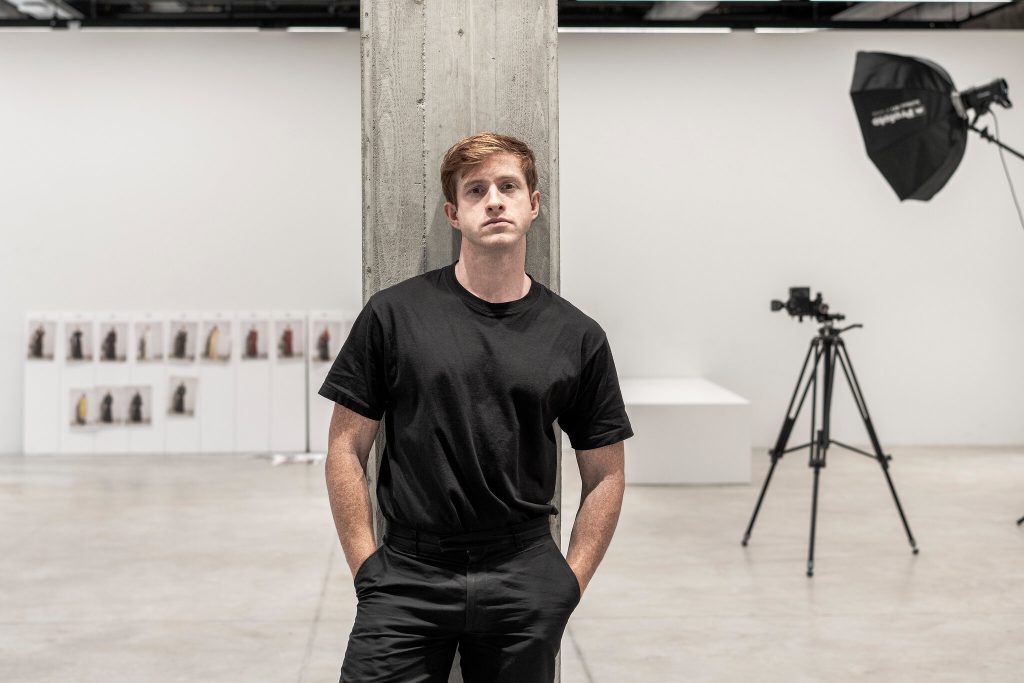
Under Lee’s direction, the brand underwent a transformation, becoming more vibrant and expressive with each collection. This era came to be known as the “New Bottega.” Subsequently, the brand’s Instagram page also adopted this name.
Daniel Lee introduced The Pouch bag, affectionately colloquially referred to as “dumplings.” Remarkably, it swiftly emerged as the best-selling model in the brand’s history.

Subsequently, Lee made the decision to enhance the brand’s legendary weave, leading to the creation of the Cassette bag.
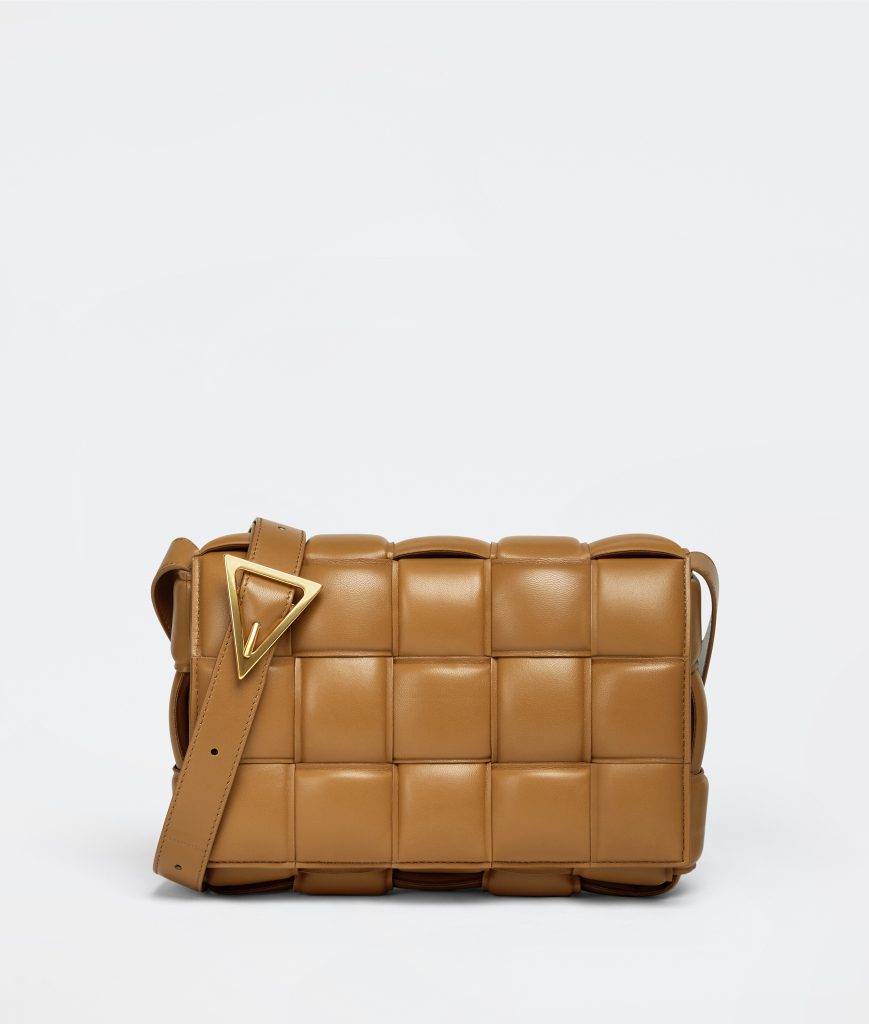
Following the Cassette bag, came the Jodie bag, variations of which are prominently featured on Instagram and Pinterest today.
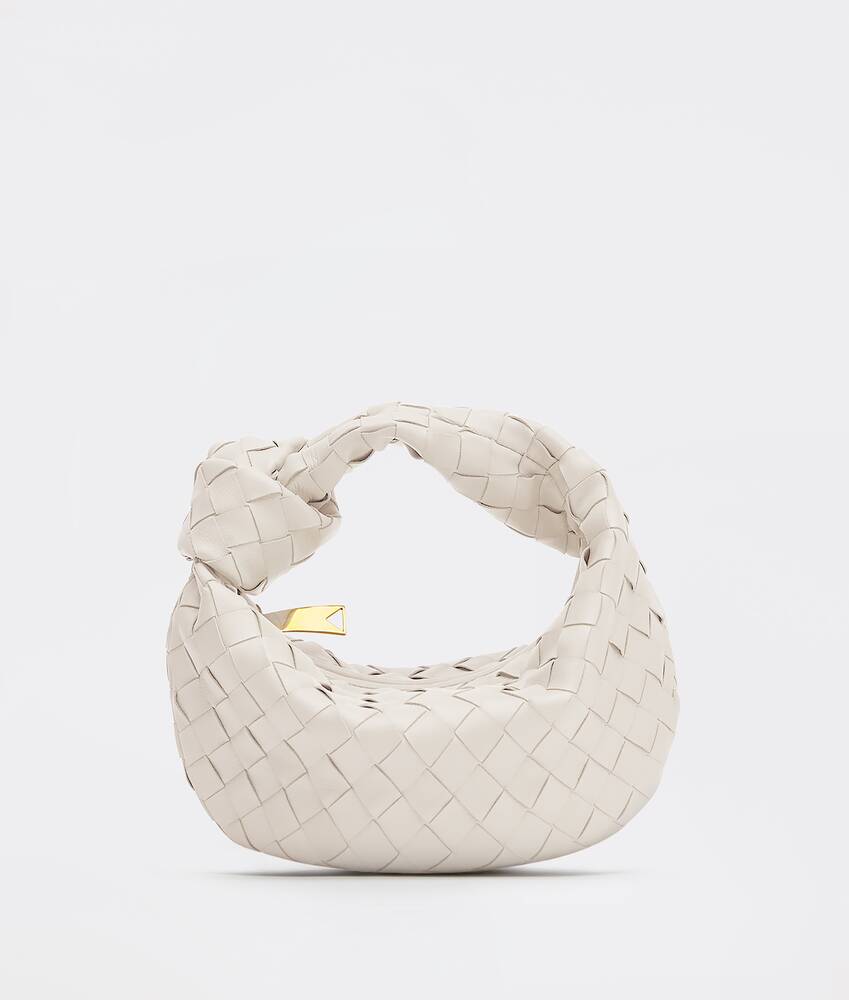
Daniel Lee also demonstrated his prowess in creating highly fashionable shoes. One of his standout creations, in my opinion, is the Stretch Sandals. I particularly admire how the mesh serves as a distinctive alternative to the traditional braid, seamlessly integrating into the brand’s DNA.

And his subsequent creation, the Lido sandals, followed the style of the brand’s signature big braids.
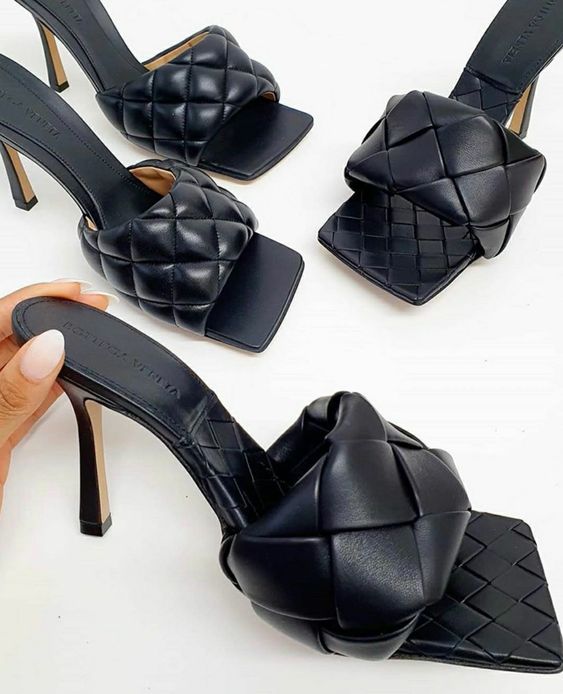
Certainly, The Tire winter boots with their distinctively colored soles have garnered attention, frequently seen being worn by numerous bloggers. This style has gained significant traction in the market as well.

The Puddle Boots faced a similar fate due to their unconventional design.
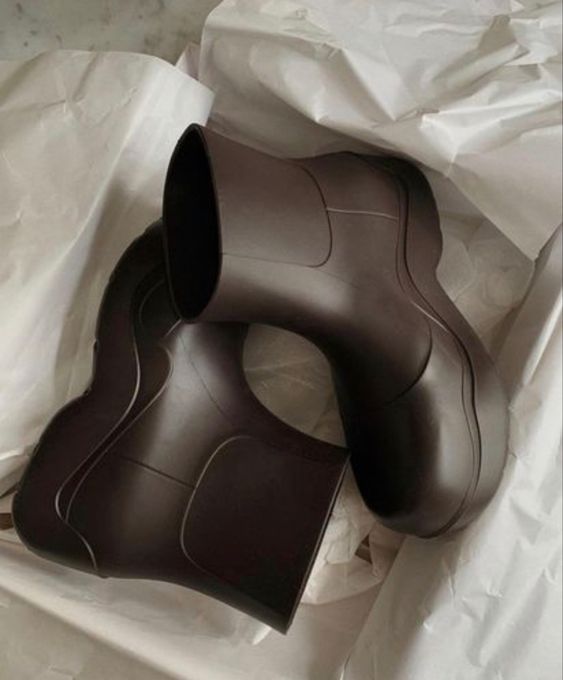
However, thanks to this string of successes, the brand’s annual revenue soared to $1.74 billion in 2022.
About Marketing
Now let’s delve into how these achievements were made possible from a fashion marketing perspective.
Daniel Lee first made the decision to remove the brand’s Instagram page, stating that BOTTEGA VENETA is designed for aficionados. He argued that their core audience is already well-acquainted with the brand, rendering an Instagram presence unnecessary.
However, contrary to this belief, the new models began to be promoted through influencer marketing.
Initially, with the popularity of the dumpling bag and subsequent shoes worldwide, many accused Lee of contradicting the brand’s core ideology. Previously, the brand had presented models that were timeless, were unaffected by trends and never lost their relevance.

Their iconic bags have indeed maintained relevance for decades. In contrast, Lee’s creations reached the pinnacle of sales quickly but also seemed to age just as rapidly.
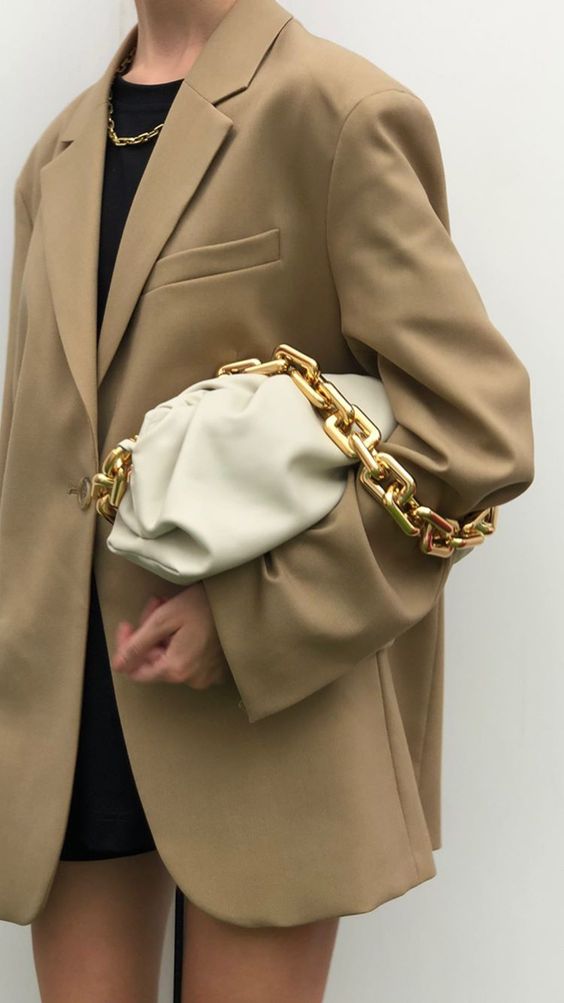
In my view, Lee’s actions were necessary to boost brand awareness. Before his tenure, even many of my peers were unaware of the brand and likely wouldn’t have discovered it without exposure through influencer posts, especially among Generation Z.
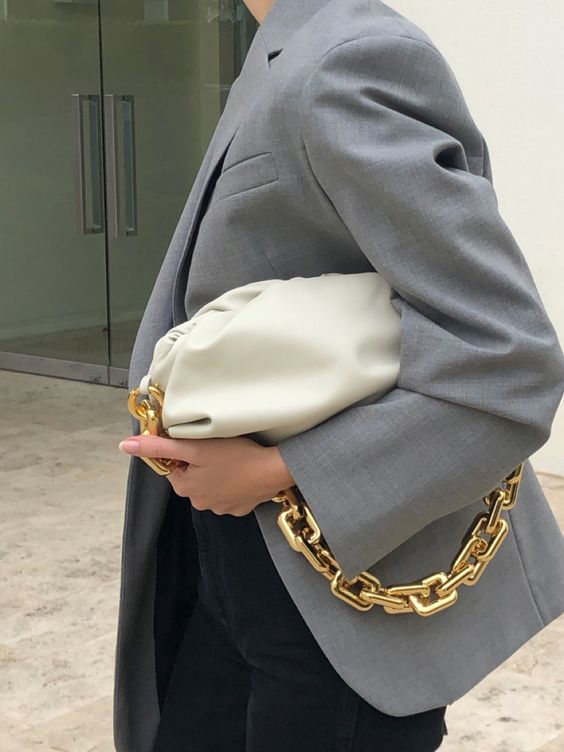
Daniel Lee introduced the vibrant green color, now known as Bottega Green, in his clothing collections. It quickly gained popularity among Zoomers and became closely associated with the brand. Consequently, by management’s decision, it was integrated into the brand’s identity and is now prominently featured on their bags.

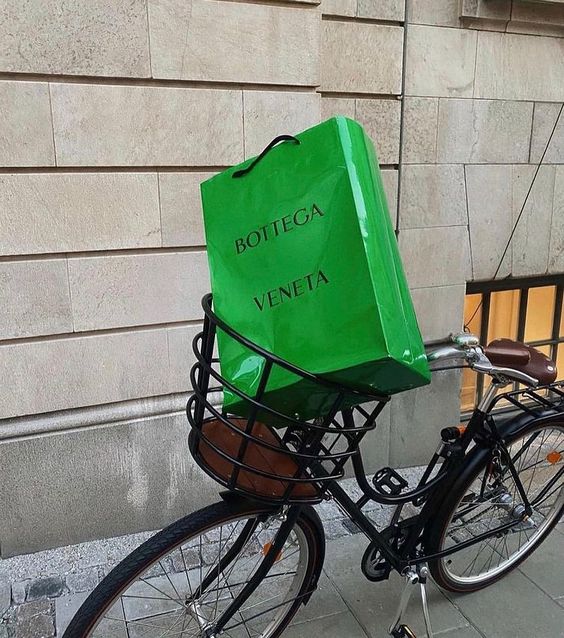
In 2021, Daniel Lee left Bottega Veneta. According to The Business of Fashion, it was described as a “joint decision” made by both the designer and the luxury conglomerate.
Informally, there are suggestions that Daniel Lee’s challenging personality led to the formation of toxic relationships within the company. This reportedly resulted in the departure of several leather professionals, who play a crucial role in such organizations. To prevent further loss of talent, KERING decided to part ways with Daniel Lee.
Today already, as you know, he is in Burberry.
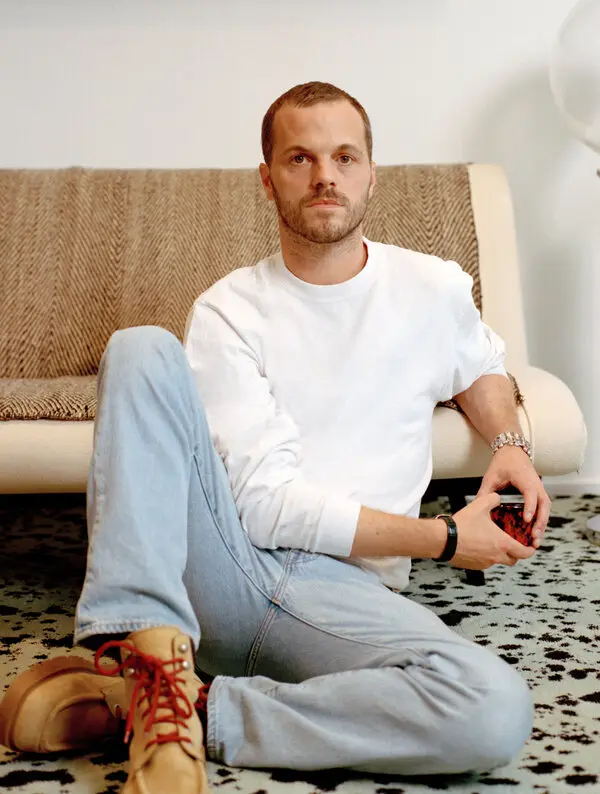
BOTTEGA’S creative directorship was entrusted to Matthew Blazi, whose debut collection received high praise and acclaim, including me.
Author: Anna Salome
